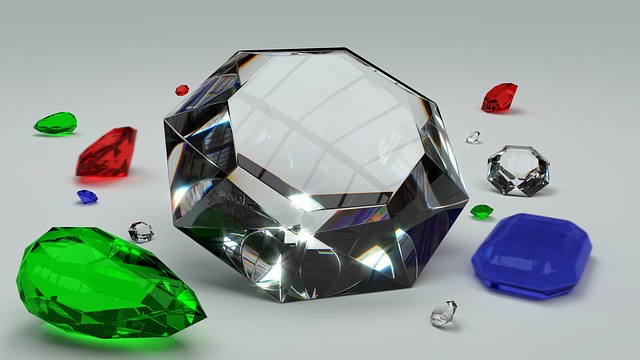How can you distinguish precious from semi-precious gems? Traditionally, the precious gems stones are diamonds, emerald, ruby and sapphire. Semi-precious stones are everything else. Ruby and sapphire are technically the same gem stones, corundum. Emeralds, a beryl is also considered precious. However other beryl like aquamarine are semi-precious gems. Opal that exhibit plays of colors is called a precious opal but not considered as a precious stone. No two gems are the same and since the early times people have done their best to classify and categorize them. The precious and semi-precious distinction goes back to Ancient Greece. Instead of following tradition, let’s evaluate gems based on their own merits. There’s no standard or universal system in determining the value of a gem stone. From a seller’s point of view, precious stones price and value will generally decide by color, rarity and clarity. They would also look for defects in the stone.

Many gem stone buyers still adhere to the 4 C’s when in a hunt for a good deal. They know the gem’s Cut, Color, Clarity and Carat weight. But what if you’re not out to buy a gem? What if you found a gem, would you be able to identify them without the help of a professional?
What can you do?
Before you start, clean your stone with a soft gem cloth. This will remove dirt from your stone so you can get a proper look at it.
Once your stone is clean, hold your gem with tweezers.
Observing the gem’s color is the first and easiest clue when it comes to identifying a stone. Try to observe your gem with just your naked eye in daylight or in a well-lighted area. Emeralds are red, rubies are red. Hue is the overall color of the gem.
Decide if your stone is translucent, translucent or opaque. Jade would be a translucent gem and onyx is opaque. For translucent gems, if there is fire in your stone, this may be a diamond, or a rare garnet.




